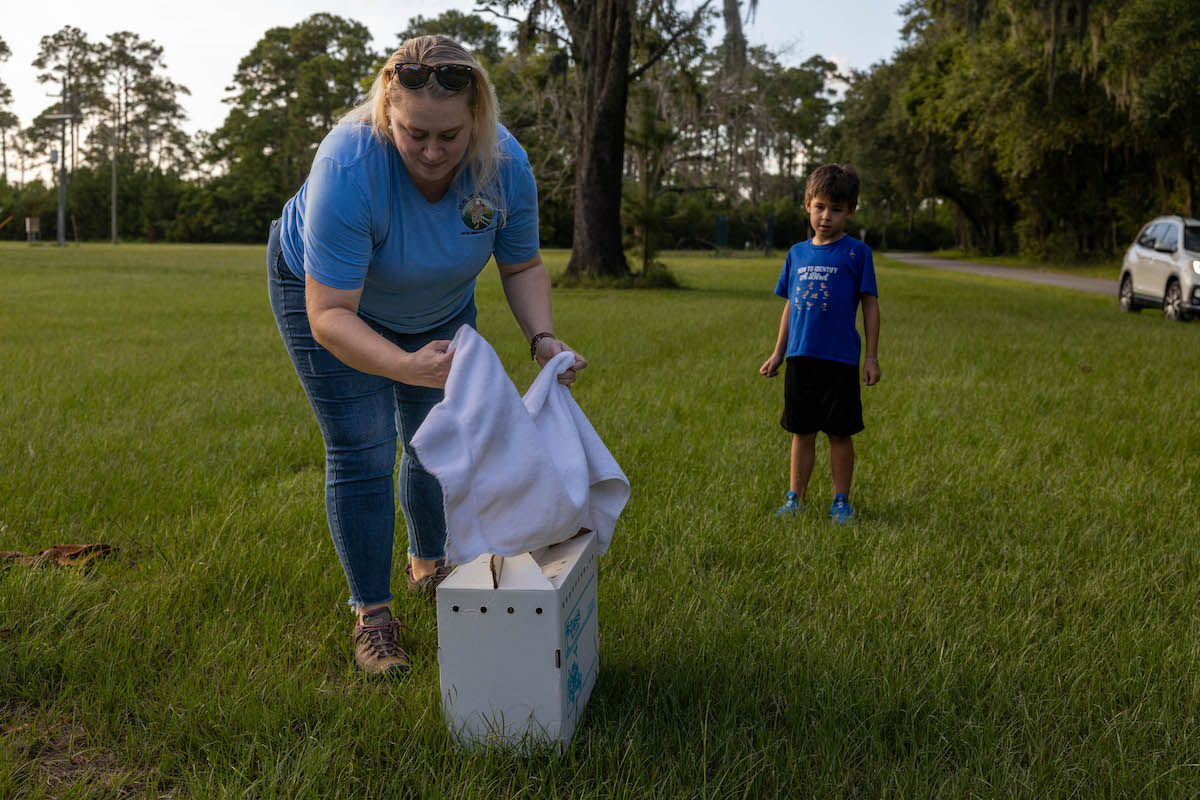By Larry Dandridge
This article will cover the final seven presumptive, non-cancer conditions that the VA considers caused by Agent Orange and the other herbicides used in the Vietnam War. Last week’s article covered the first four non-cancer conditions.
5. Hypothyroidism: Hypothyroidism is a condition that causes the thyroid gland not to produce enough of certain important hormones. According to the Mayo Clinic (https://bit.ly/44URVD9), the symptoms of hypothyroidism depend on the severity of the condition. Problems tend to develop slowly, often over several years.
At first, a veteran may barely notice the symptoms of hypothyroidism, such as fatigue and weight gain. Or the veteran may think that symptoms are just a normal part of aging. However, as your metabolism continues to slow, you may develop more noticeable problems. Hypothyroidism symptoms may include tiredness, more sensitivity to cold, constipation, dry skin, weight gain, puffy face, hoarse voice, coarse hair and skin, muscle weakness, muscle aches, tenderness and stiffness, menstrual cycles that are heavier than usual or irregular, thinning hair, slowed heart rate, depression, and/or memory problems.
6. Ischemic Heart Disease: The VA Public Health “Ischemic Heart Disease and Agent Orange” webpage (https://bit.ly/3GXVvo3) states that Ischemic heart disease is also known as coronary artery disease or hardening of the arteries. Cholesterol plaque can build up in the arteries of the heart, causing “ischemia,” which means the heart is not receiving enough blood flow and oxygen. If the plaque blocks an artery, a heart attack can result.
Veterans should ensure that they submit a claim with the VA for all service-connected heart disease-related conditions and secondary conditions for which they have symptoms and diagnoses when filing for ischemic heart disease. Those conditions may include high blood pressure, heart arrhythmia, Ventricular arrythmias (AFIB, etc.), Cardiomyopathy, aortic stenosis, congestive heart failure, heart surgery (bypass, ablation, valve replacements, etc.), aneurysm, Angina, Endocarditis (heart muscle inflammation), Pericarditis (Inflammation of the heart sac), valvular heart disease, and others.
Presumptive heart conditions include Ischemic Heart Disease, High Blood Pressure, Heart Murmurs, Cardiomyopathy, and Aortic Stenosis. The VA lumped several of this author’s heart conditions (Coronary Artery Disease, Aortic Valve calcification, heart murmur, Atrial Fibrillation, and Incomplete Right Bundle Branch Block) under one rating of ischemic heart disease.
7. Monoclonal gammopathy of undetermined significance (MGUS): The PACT Act added MGUS to the list of presumptive diseases associated with Agent Orange. MGUS is a condition in which an atypical protein is found in the blood. The protein is referred to as monoclonal protein (M protein).
Some people with MGUS have rash or nerve problems, such as numbness or tingling. MGUS sufferers have a higher chance than usual of developing blood cancer, but it is rare for MGUS to turn into cancer.
8. Parkinsonism: The Cleveland Clinic says this is an umbrella term that refers to conditions (including Parkinson’s disease) with similar, movement-related effects. The VA’s Public Health “Parkinson’s Disease and Agent Orange” webpage (https://bit.ly/40xKv7z) states that Parkinson’s disease is a degenerative brain disorder that leads to shaking, stiffness, and difficulty with walking, balance, and coordination.
Symptoms are tremors, or trembling in hands, arms, legs, jaw, and face; rigidity or stiffness of the limbs and trunk; slowness of movement; and impaired balance and coordination. Many effective treatment options are available.
9. Parkinson’s disease: Parkinson’s disease is a degenerative brain disorder that leads to shaking, stiffness, and difficulty with walking, balance, and coordination. Symptoms are tremors, or trembling in hands, arms, legs, jaw, and face; rigidity or stiffness of the limbs and trunk; slowness of movement; and impaired balance and coordination. Parkinson’s disease makes up about 80% of all cases of Parkinsonism. Learn more at https://bit.ly/40wS0vA.
10. Peripheral neuropathy (PN), early onset: According to the VA’s Public Health, “Peripheral Neuropathy and Agent Orange” webpage (https://bit.ly/44URYyP), the VA presumes veterans’ early-onset PN is related to their exposure to Agent Orange or other herbicides during service when the disease appears within one year of exposureto a degree of at least 10% disabling by VA’s rating regulations. Peripheral neuropathy is a condition of the peripheral nervous system, which consists of nerves outside the brain and spinal cord.
Symptoms include numbness, tingling or prickling in the toes or fingers in the early stages. This may spread to the feet or hands and cause burning, throbbing, and/or shooting pain that worsens at night. Other symptoms include pain on both sides of the body (in both hands or both feet), muscle weakness, loss of balance or coordination, and extreme sensitivity to touch. If the condition is shown to have a degree of 10% disability within one year of exposure, it is considered a presumptive condition.
If symptoms begin after a year of exposure, the veteran can still seek a rating if they establish through medical records, NEXUS letters, Lay Witness Statements, other evidence, a connection to their military service. For example: If a veteran is a member of a specific unit, like members of an Assault Helicopter Company, who sprayed Agent Orange from their helicopters and flew their helicopter gunships or Cobras through clouds of Agent Orange and now all or many have PN symptoms and disabling conditions, they could file Claims using their VSO or jointly file a Class Action lawsuit using a VA-accredited Lawyer.
Veterans can view more research on the Health Effects of Herbicide Exposure at:
- The VA Webpage at https://bit.ly/4kVn2oi; and
- The National Library of Medicine at https://bit.ly/40sMs5o.
11. Porphyria cutanea tarda: According to the VA’s webpage, “Porphyria Cutanea Tarda and Agent Orange” (https://bit.ly/3Uqg9QS), the VA presumes veterans’ early-onset of Porphyria cutanea tarda is related to their exposure to Agent Orange or other herbicides during service when the disease appears within one year of exposure to a degree of at least 10% disabling by VA’s rating regulations.
Porphyria cutanea tarda (PCT) is a disorder characterized by thinning and blistering of the skin in sun-exposed areas. Symptoms include blisters on areas of the skin exposed to the sun, such as the face, arms, and hands, followed by crusting and scarring, hyperpigmentation, increased hair growth on sun-exposed areas, and liver damage.
Visit Medline Plus at https://bit.ly/3IXsbi7 to learn about treatment for porphyria, research, and more.
Continued next week.
Larry Dandridge is a Vietnam War wounded warrior, a combat and service-connected 100% disabled veteran, an ex-Enlisted Infantryman, an ex-Warrant Officer Pilot, and a retired Lt. Colonel. His over 250 articles on veterans’ benefits, leadership, logistics, hospice, law enforcement, and aeronautics have been published in over 20 magazines and newspapers in the USA, Germany, and England. Larry is a former Veterans Service Officer, a Patient Adviser at his local VA Hospital, a Fisher House Charleston Goodwill Ambassador, and the past Vice President for Veteran Affairs for his local Association of the US Army (AUSA) and Military Officer Association Chapters. He is currently the VFW Post 7378 Service Officer, the author of the award-winning and popular (over 250 five-star reviews) Blades of Thunder (Book One), and a contributing freelance writer with The Island News. Contact him at LDandridge@earthlink.net or 843-276-7164.









